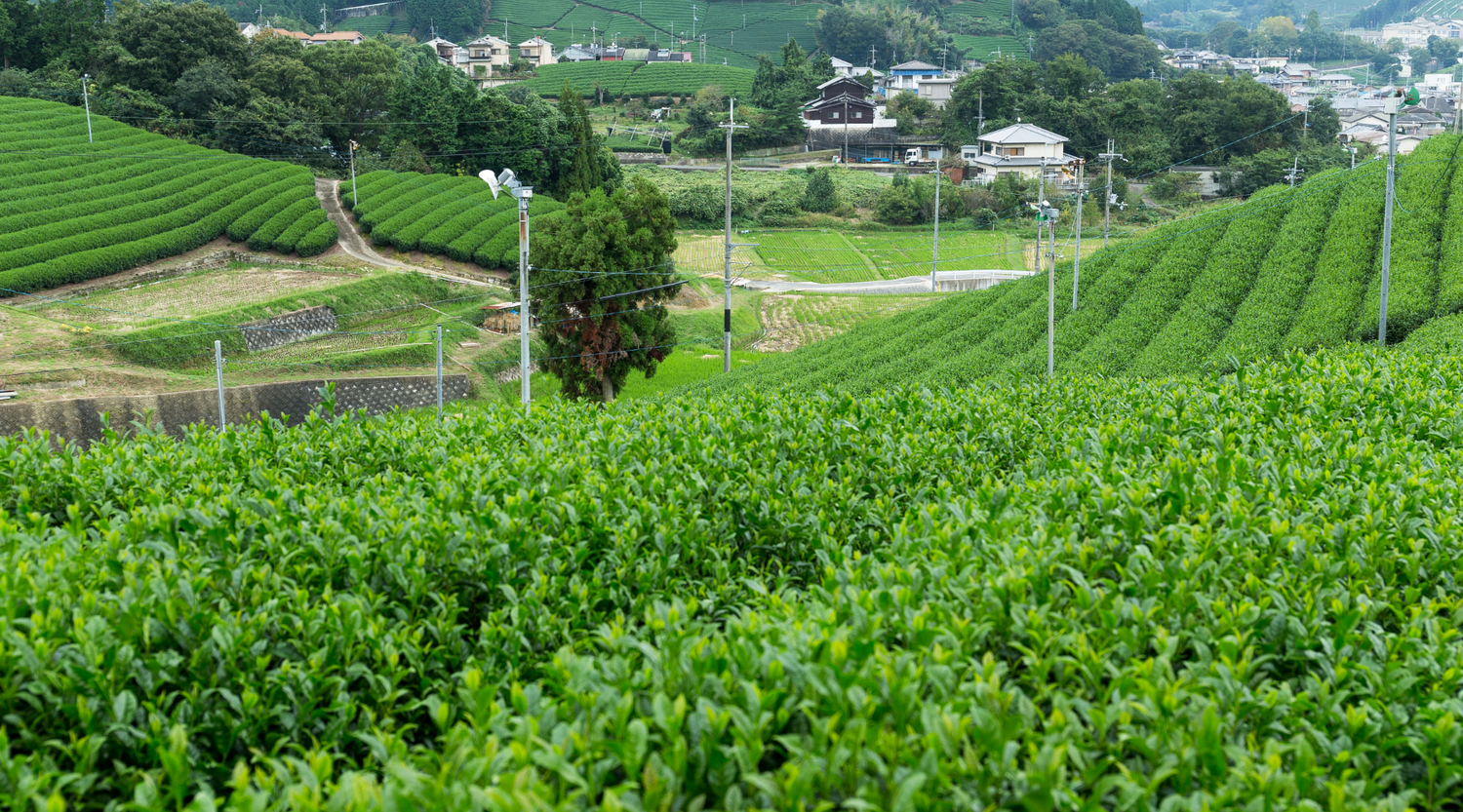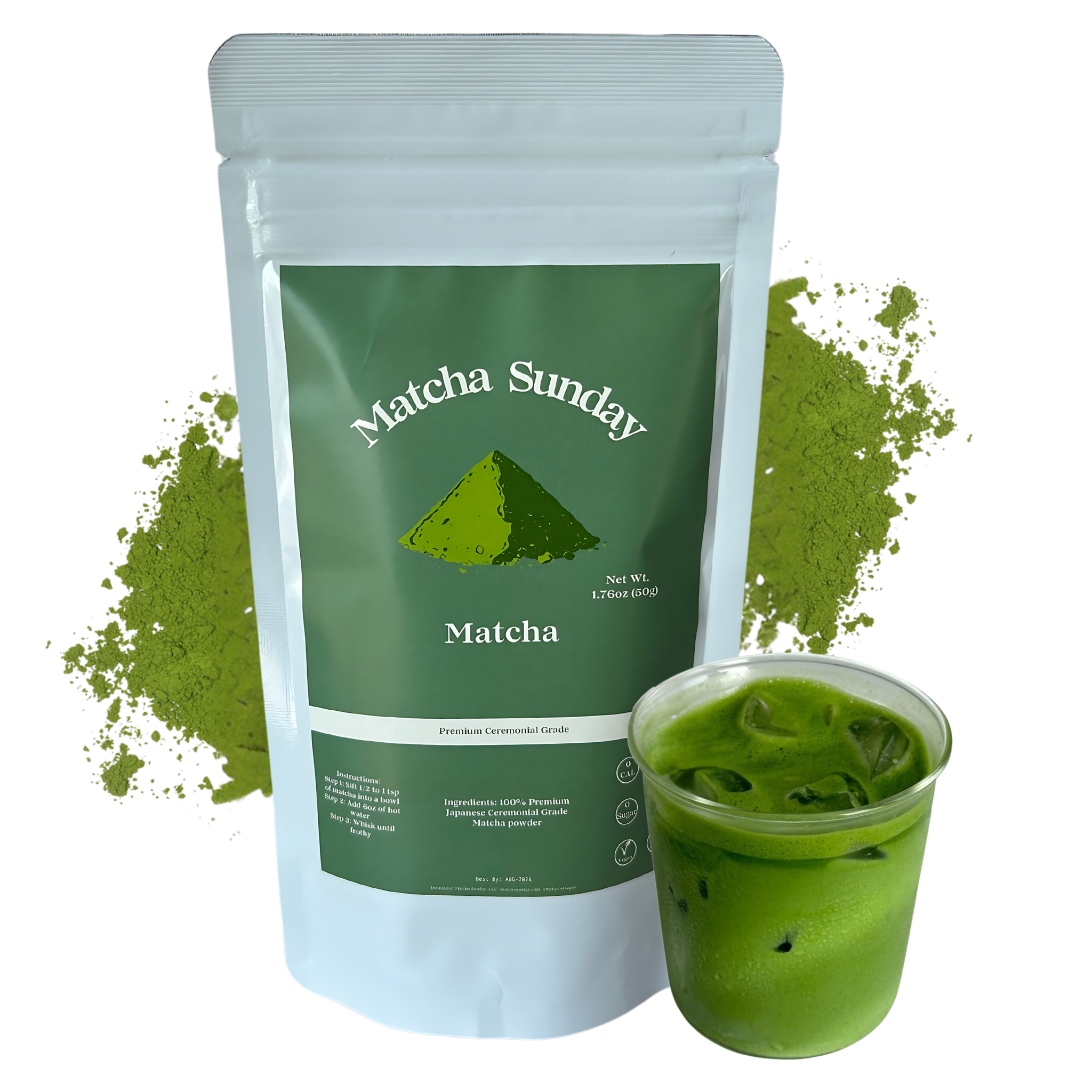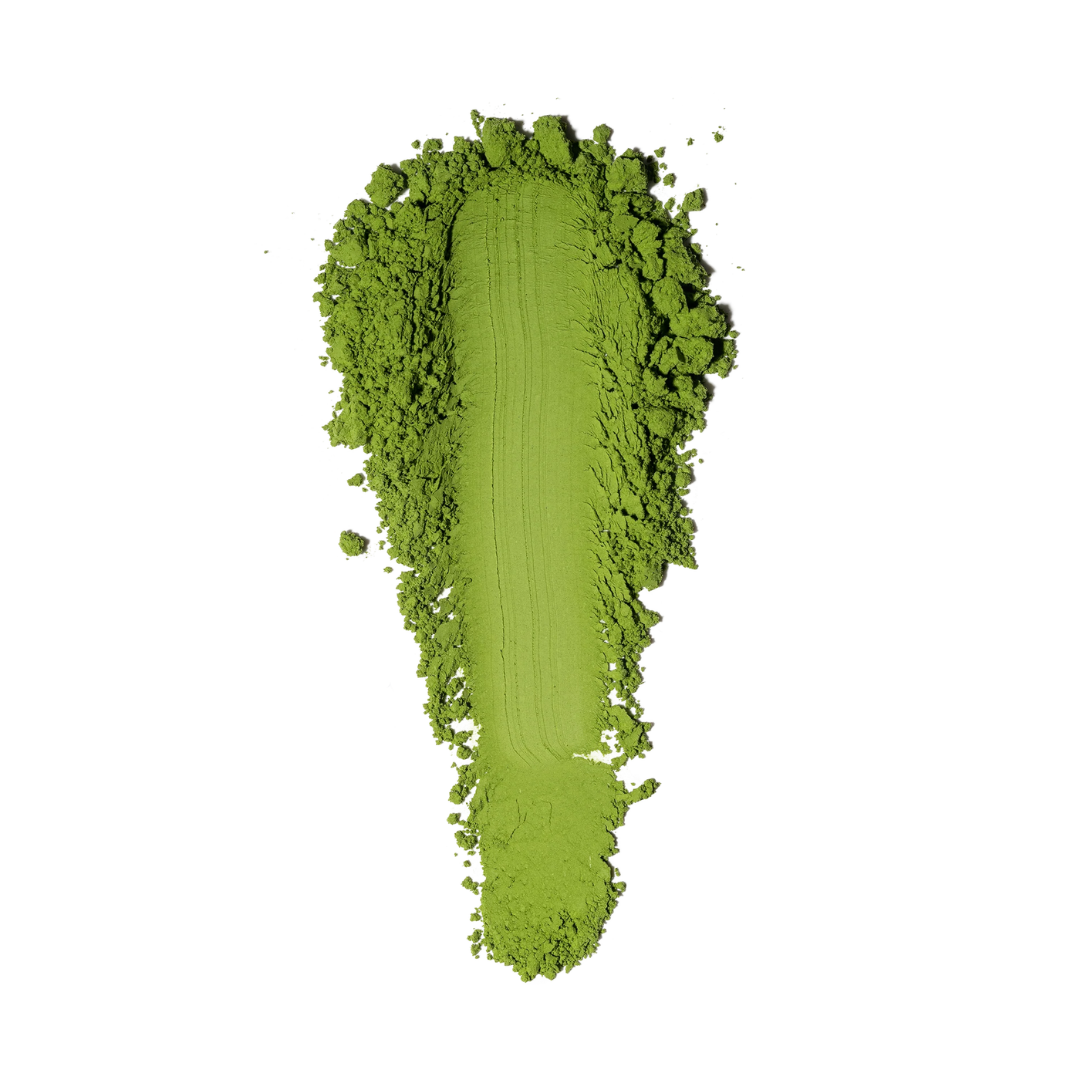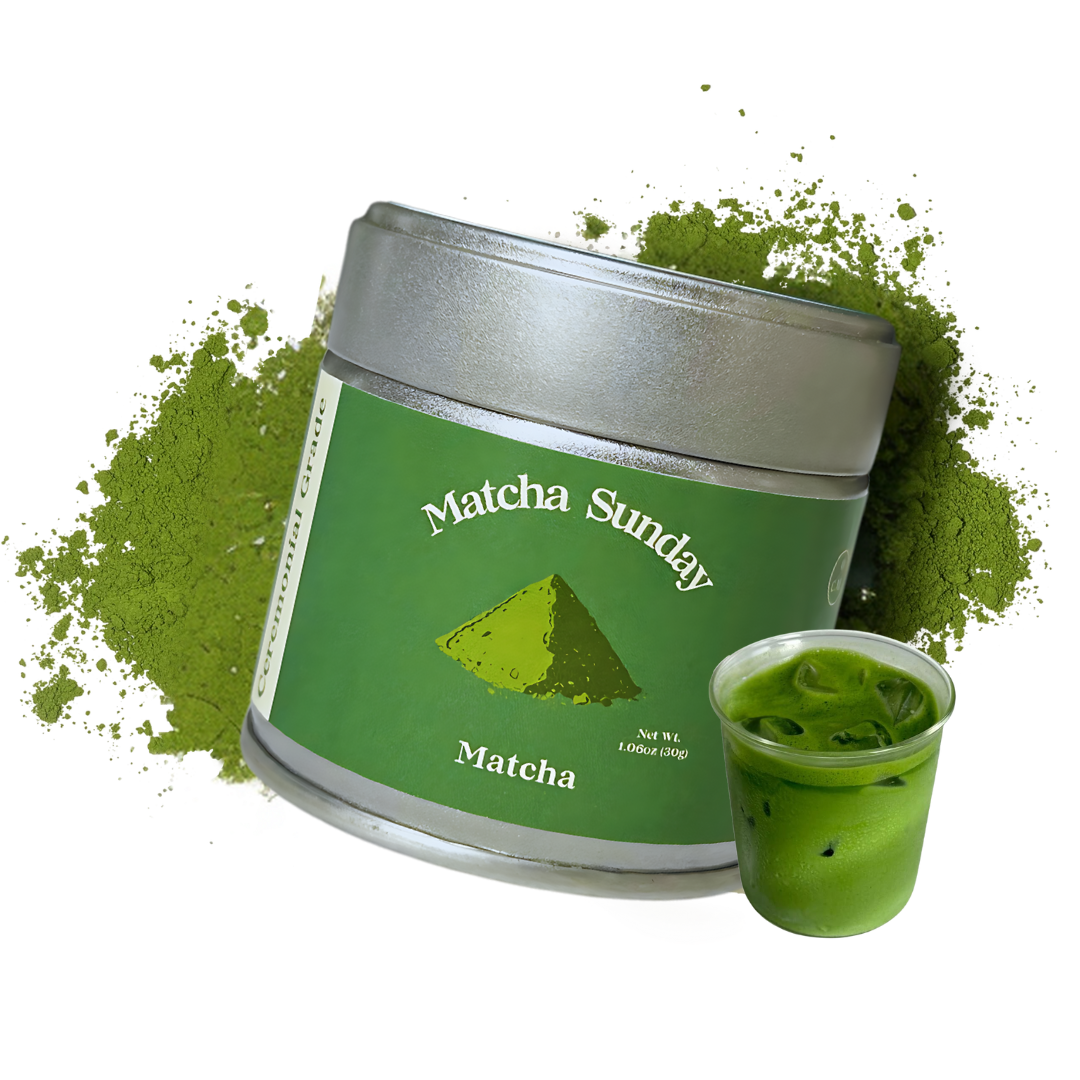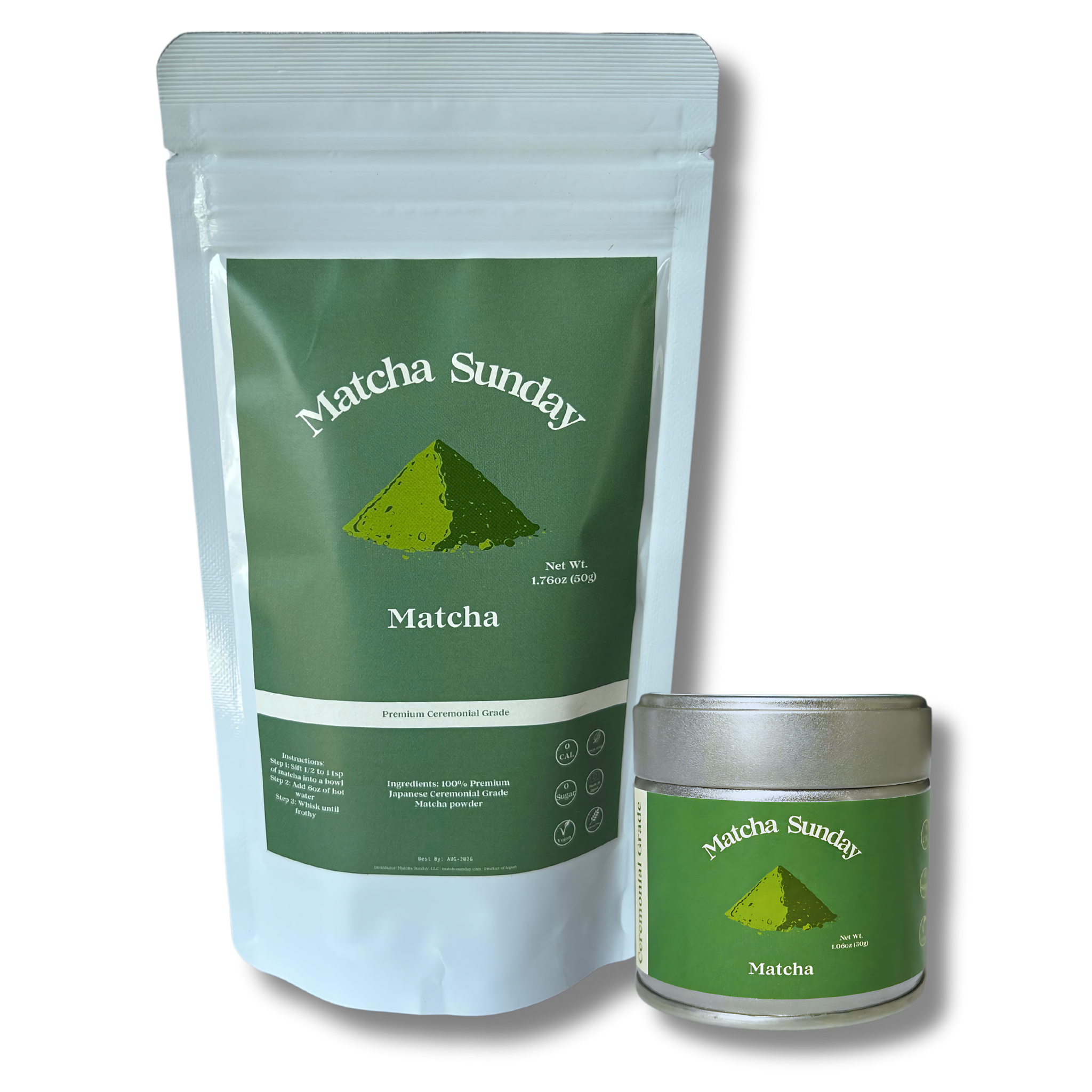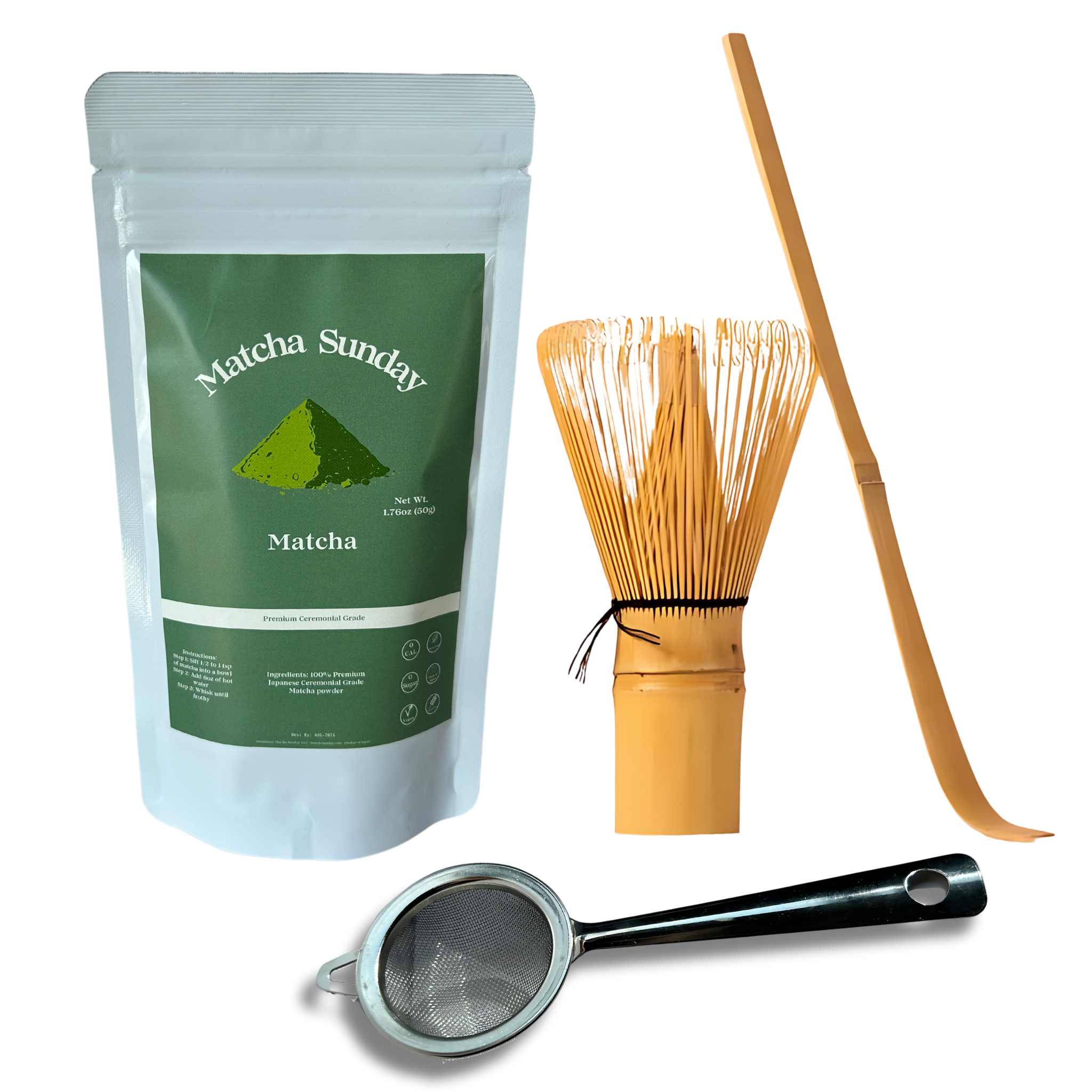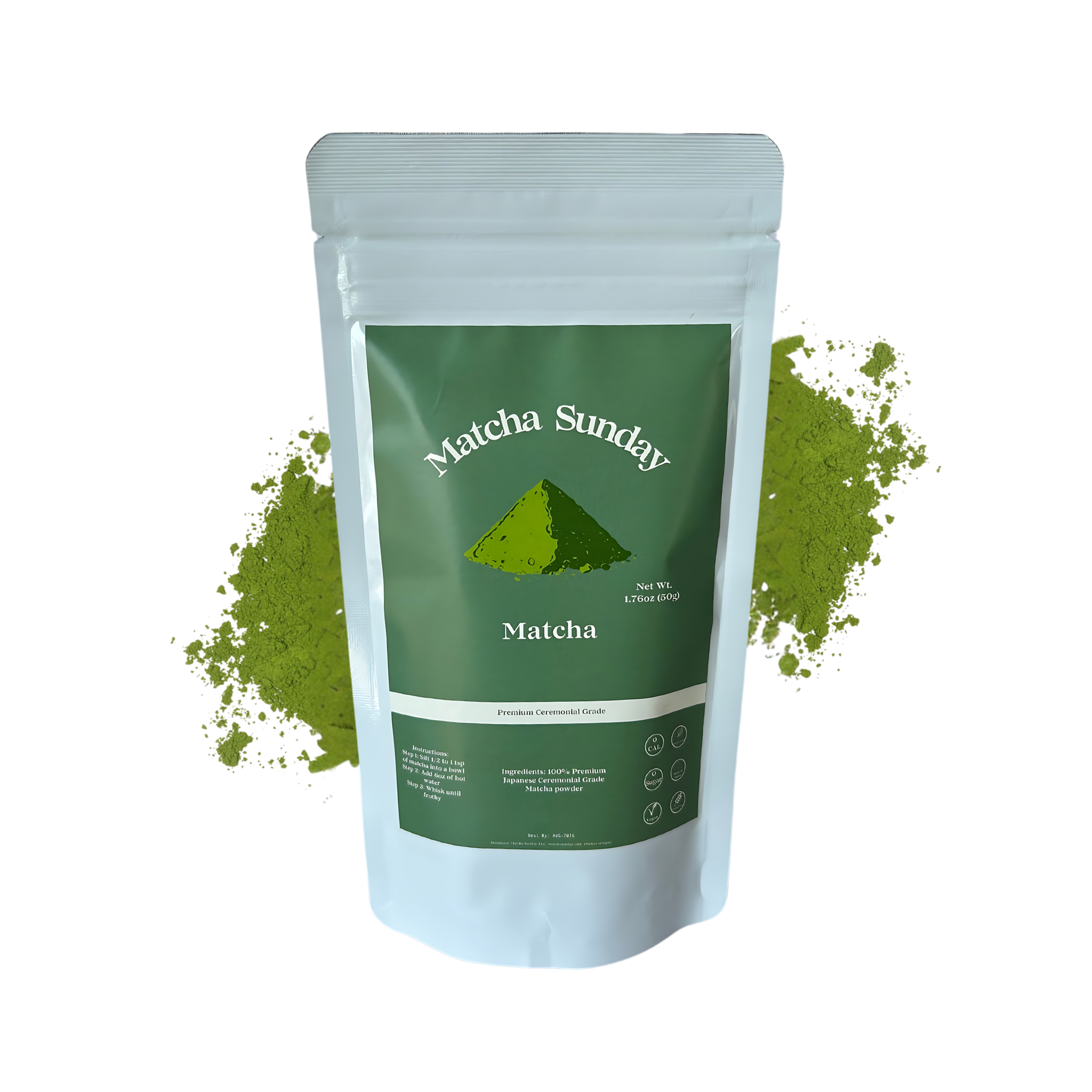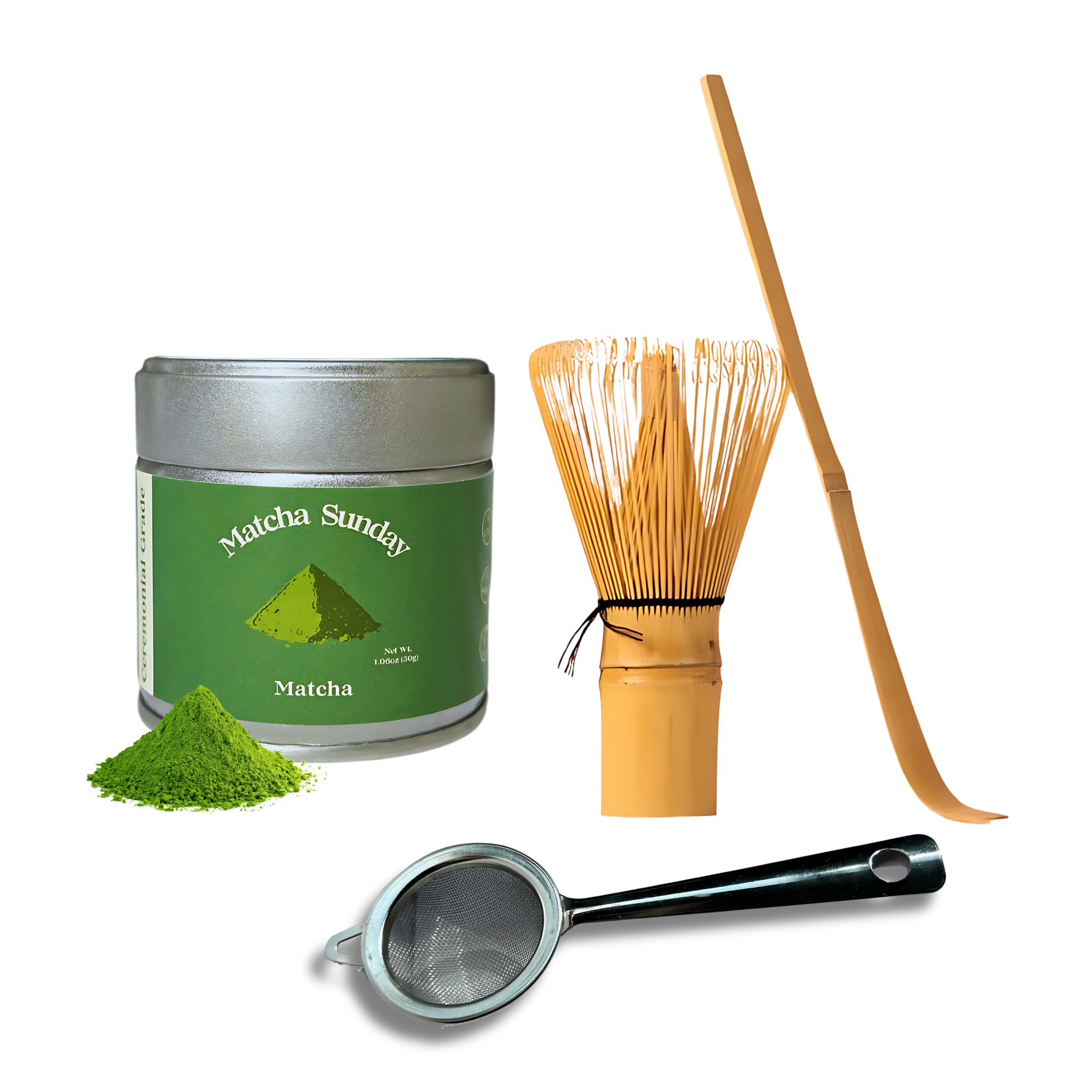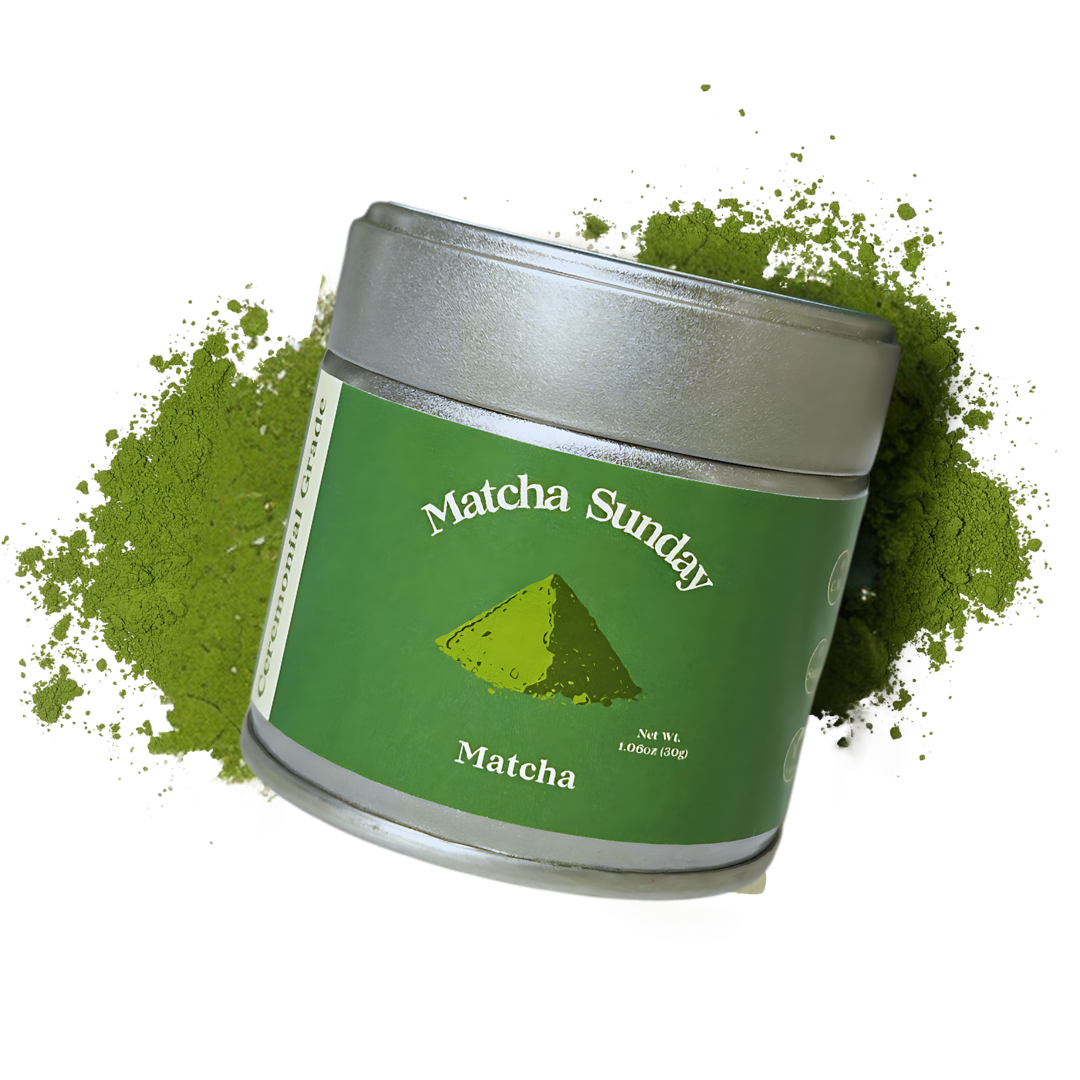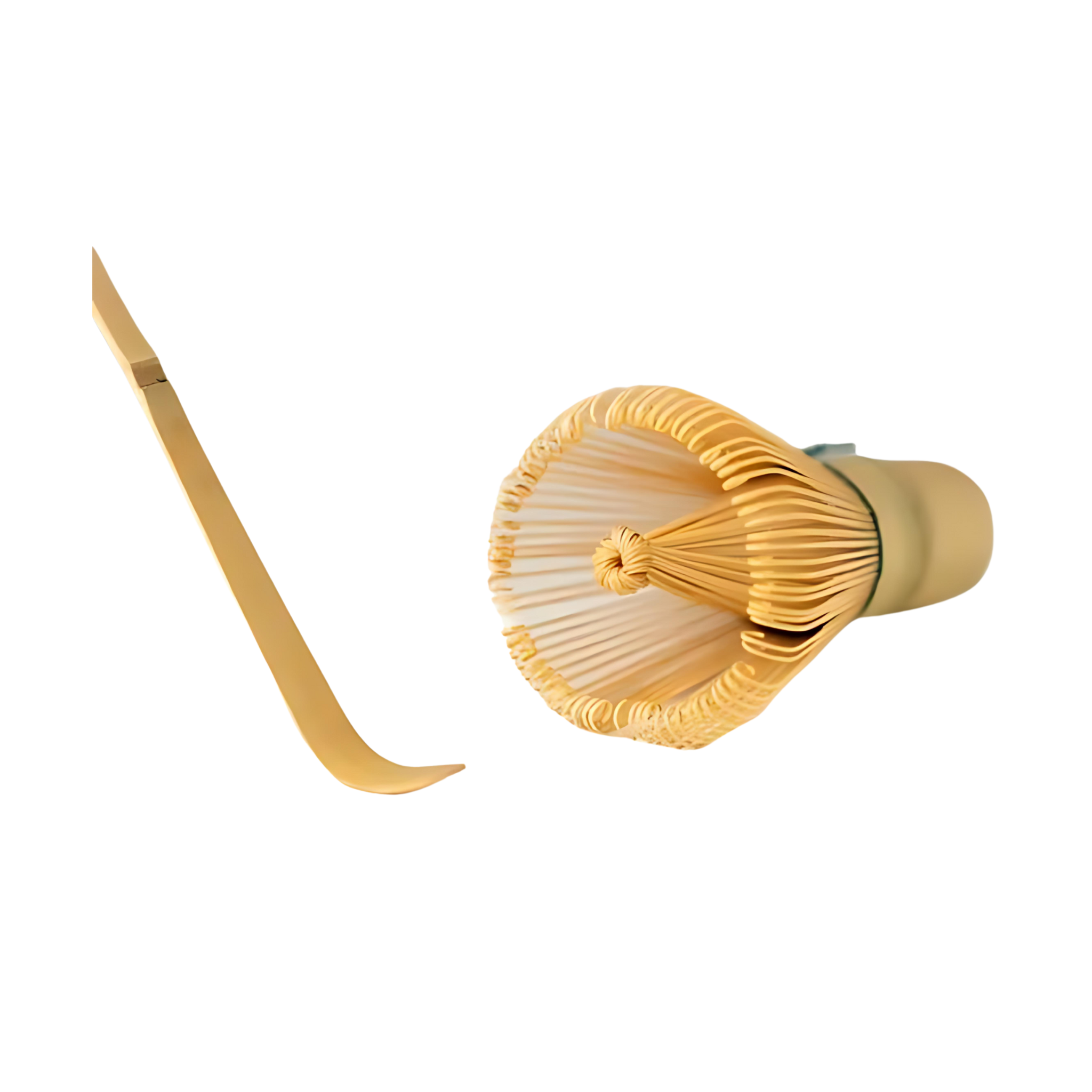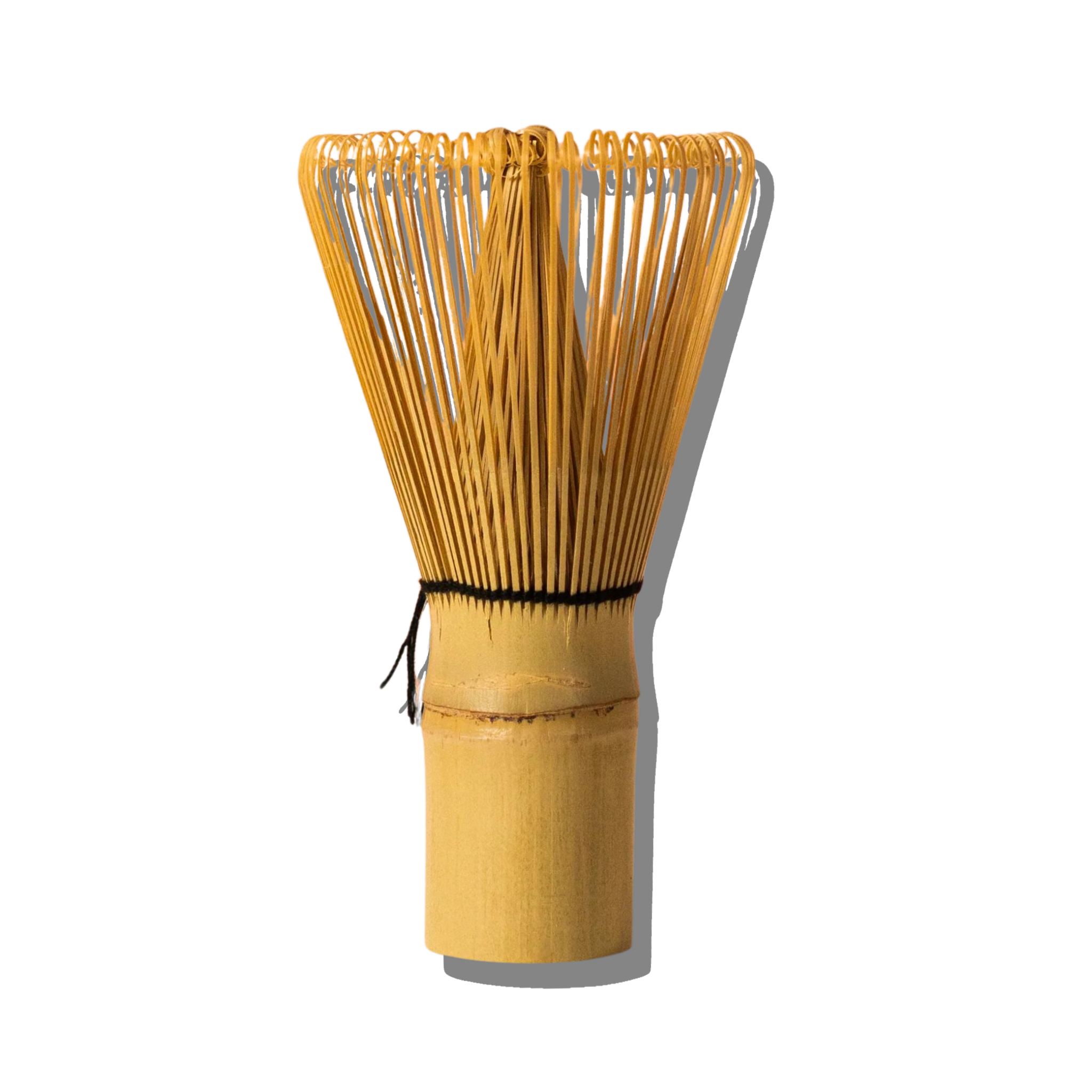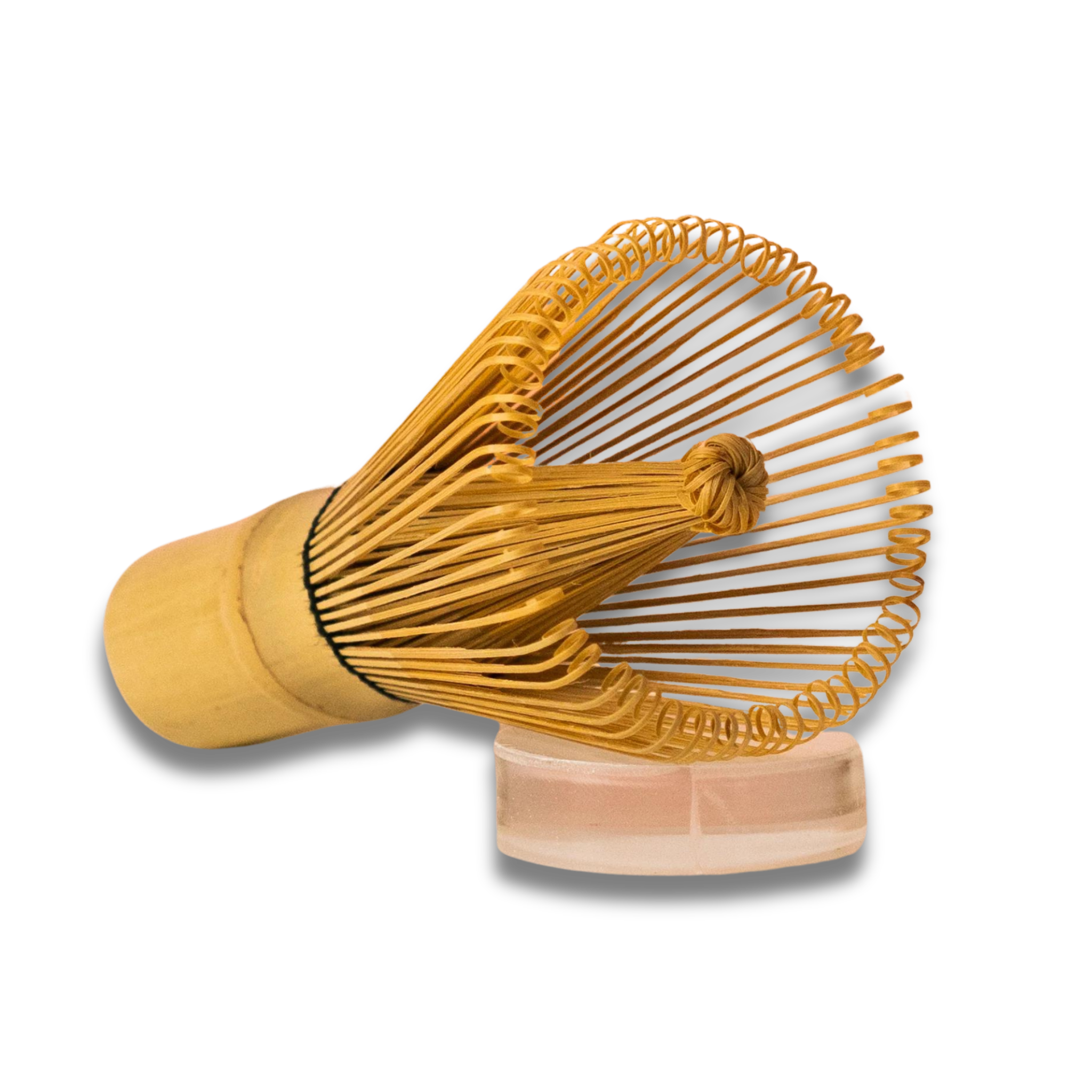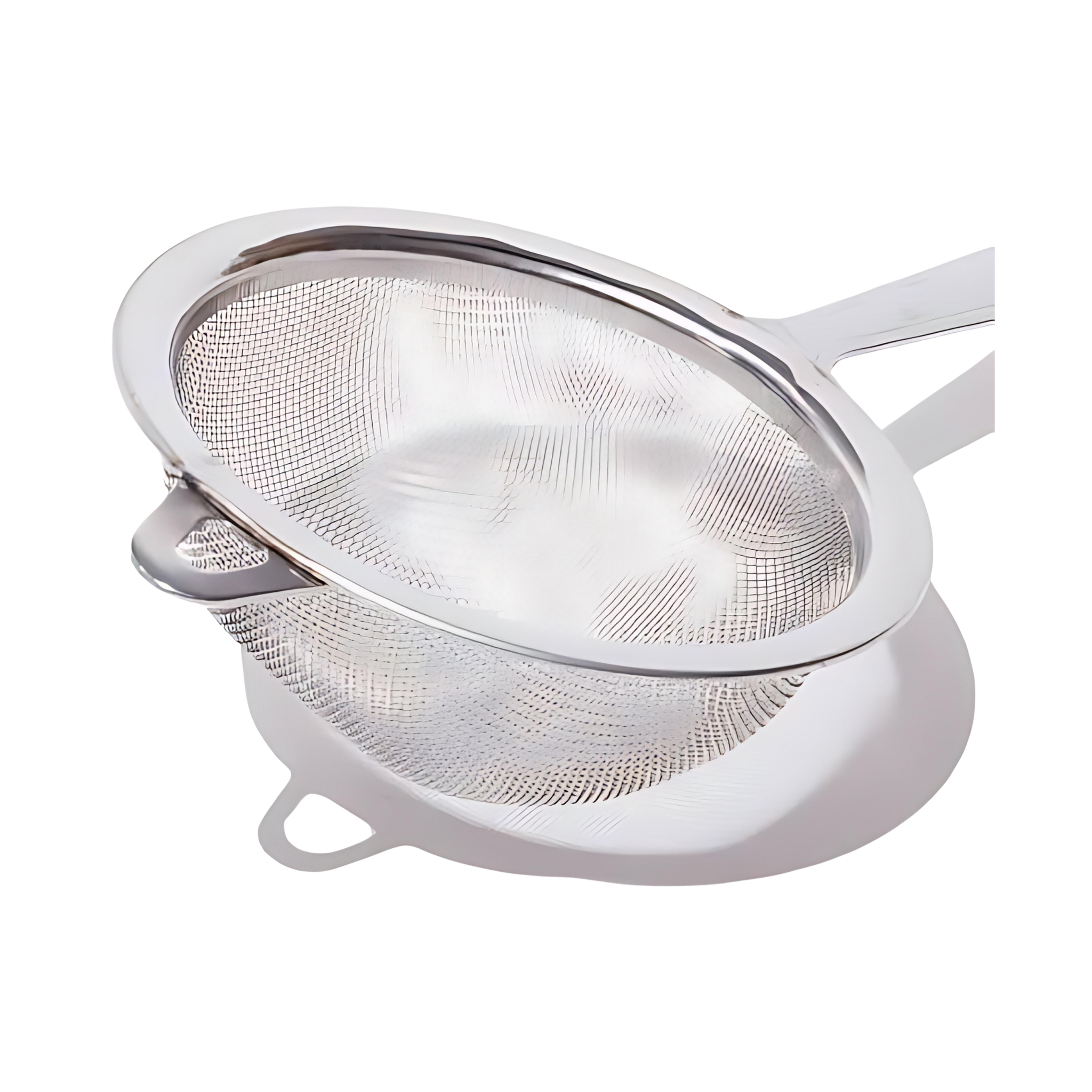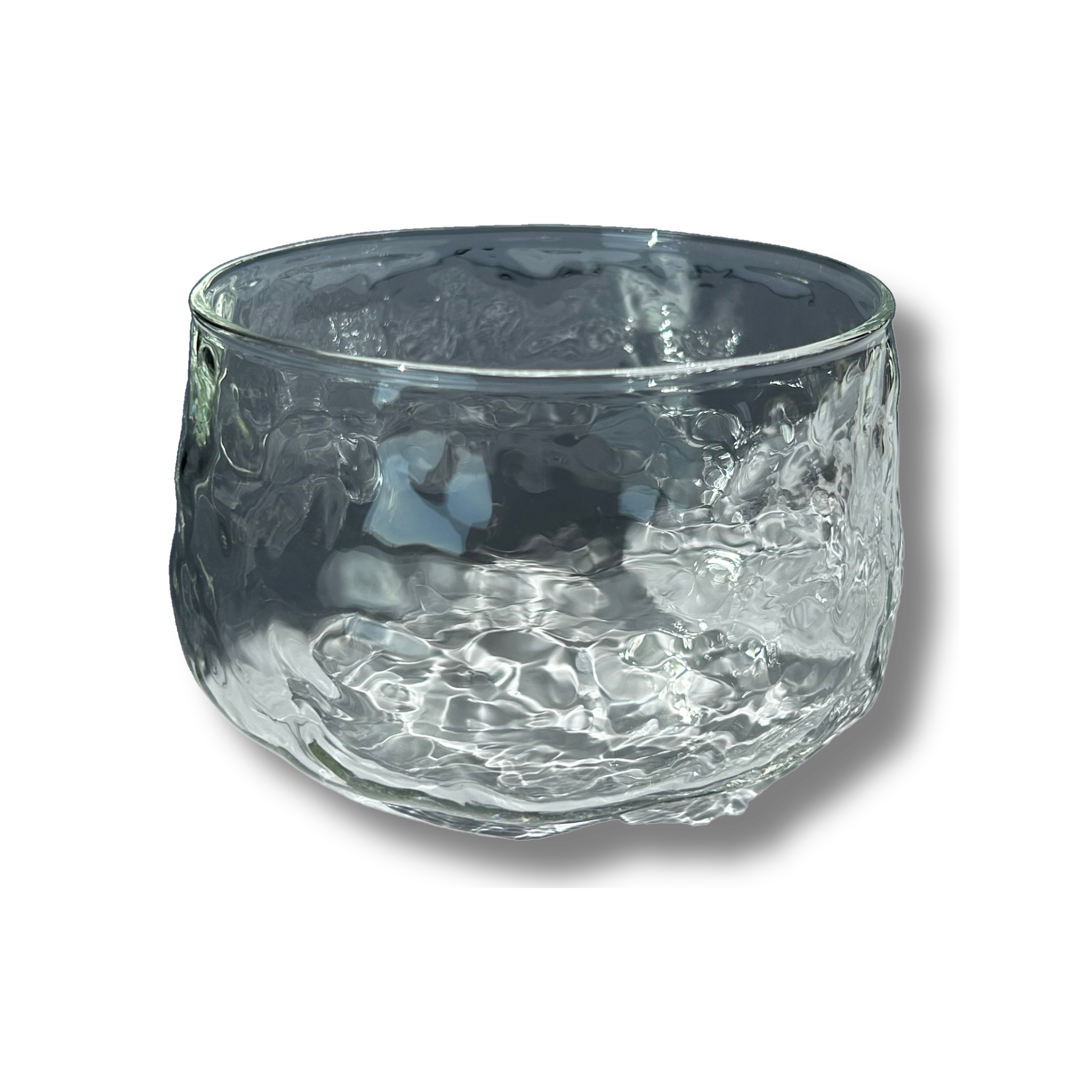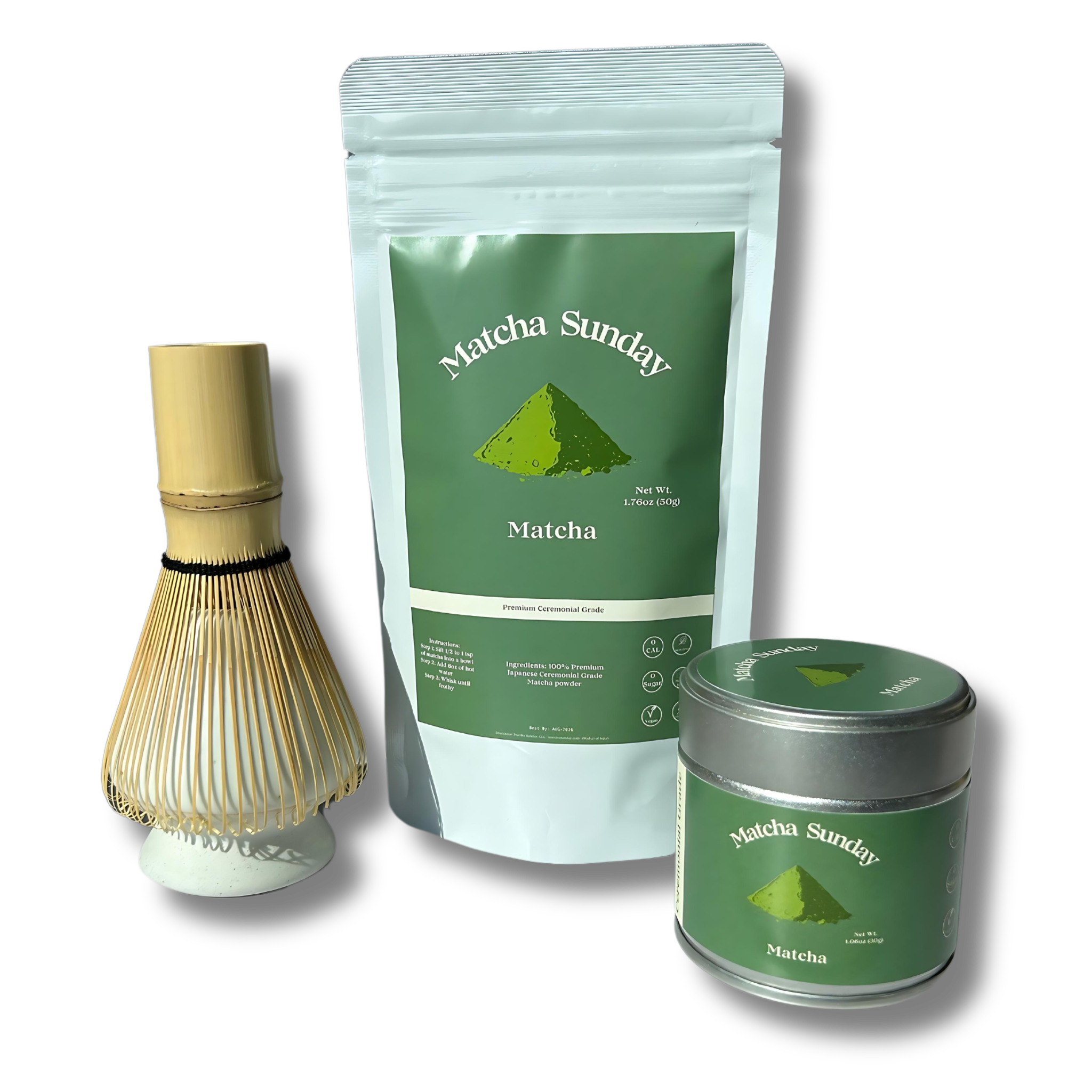Discover the intricate and traditional process behind producing matcha, the prestigious Japanese green tea. This guide takes you through each step, from the cultivation of the Camellia sinensis plant to the final grinding of the leaves, shedding light on why matcha is revered worldwide for its quality and unique preparation methods.
Understanding Matcha's Roots
Matcha is derived from the Camellia sinensis plant, the origin of all true teas. Unlike other teas, matcha involves a distinctive growth and production process that sets it apart, giving it its unique characteristics and esteemed status among tea connoisseurs.
Cultivation: The First Step to Premium Matcha
Matcha's journey begins in the tranquil tea fields of Japan, where the climate and soil create ideal conditions for the Camellia sinensis plant. Key regions like Uji in Kyoto and Nishio in Aichi are renowned for their optimal growing conditions, which contribute significantly to the flavor and color of the final product.
- Shading: About six weeks before harvest, the tea plants are gradually shaded with bamboo mats or synthetic covers. This crucial step reduces photosynthesis, heightening the chlorophyll content and creating a vibrant green hue in the leaves.
- Selective Harvesting: Matcha is distinguished by its harvesting process, where only the youngest and finest leaves are handpicked. This selective harvesting ensures a smoother and richer flavor profile, characteristic of high-quality matcha.
Processing: Turning Leaves into Luxurious Powder
After harvesting, the leaves undergo a meticulous processing method, crucial for achieving the desired quality of matcha.
- Steaming: The leaves are quickly steamed to halt fermentation, preserving their color and nutrients.
- Drying and Cooling: Post-steaming, the leaves are air-dried and cooled using precise techniques to maintain their delicate structure.
- Sorting and De-stemming: Leaves are then sorted, and stems and veins are carefully removed to produce tencha, the precursor to matcha.
- Stone Grinding: The tencha leaves are ground into a fine powder using traditional stone mills. This slow and gentle process helps retain the leaves' flavor and vibrant color.
Quality Characteristics of Ceremonial Grade Matcha
To classify as ceremonial grade, matcha must exhibit:
- Brilliant green color
- Profound umami flavor due to high amino acid content
- Fine, silky texture
- Ability to form a thick, creamy froth
Storing and Enjoying Your Matcha
Proper storage is vital for maintaining matcha’s quality. It should be kept in a cool, dark place and sealed tightly to protect it from light and oxygen. When prepared traditionally, matcha offers a meditative experience, linking back to the Japanese tea ceremonies where it was first conceived.
The production of matcha is an art form, deeply rooted in Japanese tradition. Understanding this detailed process enriches every sip of this luxurious tea, connecting drinkers to centuries of Japanese culture and craftsmanship.
Visit our website: Matcha Sunday.

